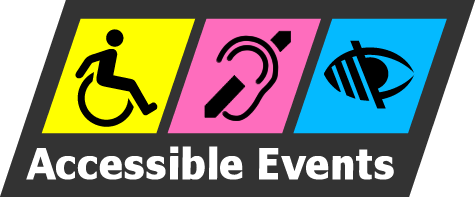Accessibility
High Peak Access plays a key role in campaigning to bring about changes with regard to accessibility for disabled people within the High Peak. Human Rights are what High Peak Access is all about. Social inclusion in all aspects of disabled people’s daily lives is our vision, yet this aim still remains to be achieved. One of the most important things is to treat people fairly, equally and with respect – where no-one believes that ‘different’ means ‘worse’.
The classic stereotype of a disabled person is a wheelchair user who has been disabled from birth or childhood, however, that is far from reality – most people become disabled or impaired after the age of 45, through illness or accident, rather than being born with a disability or impairment.
It is also a mistake to think about barriers to access as being purely physical - other aspects of the environment and services also need to be thought about, for example, negative attitudes, and exclusion by society, (intentionally or inadvertently) communication systems, signage, wayfinding, publicity, printed materials, and websites.
High Peak Access has developed a best practice Toolkit that provides recommendations to meet the needs of, and to improve access to organised events by disabled people. The importance of access to information is reflected in its recognition as a fundamental human right, backed by legislation.

